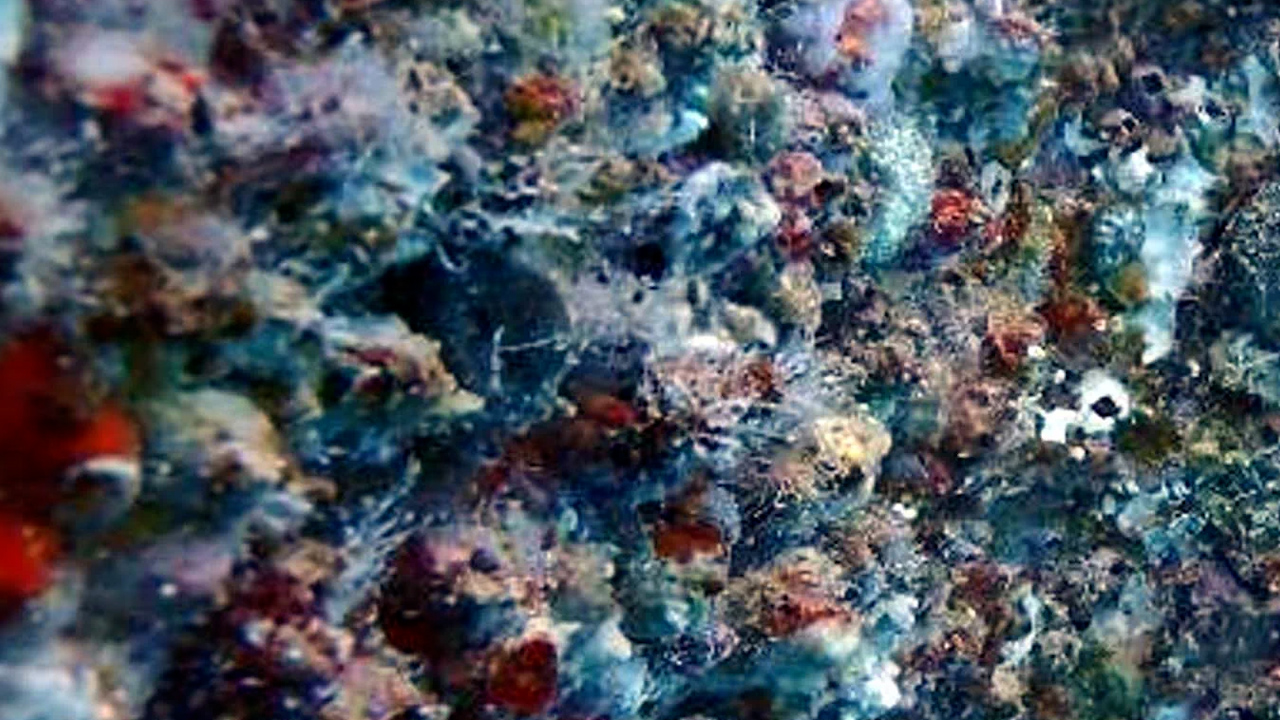
Performance boost as device gives HMS Queen Elizabeth's propellers a clean sweep

The Royal Navy's flagship can power through the water more efficiently – thanks to a new cleaning device that has removed 11kg of marine life from her propellers.
A combined polisher and scraper vacuum has been developed that can clean the warship's props safely, without damaging their integrity, removing harmful materials that the vessel will have picked up during her movements at sea.
The new device had already been tested on Type 23 frigate HMS Lancaster, and has now removed 11kg of marine life from the propellers of HMS Queen Elizabeth.
Developed by SeaTec, the device can be operated by divers and can clean huge propellers used to power warships.
The device is required to clean propellers which weigh 33 tonnes and can deliver up to 50,000 horsepower apiece, enough to power 65,000-tonne aircraft carriers through the water.
The propellers of HMS Queen Elizabeth were cleaned before she departed on her maiden deployment to the Far East in 2021 – during which she sailed more than 56,000 miles.
During her mission, 11kg of unwanted marine life – including barnacles, zebra mussels and tube worms – were picked up by the propellers, but it has now been safely removed.

Unwanted biofouling can impact the ship's performance and the materials attached to the propeller can impact her noise signature as the ship powers through the ocean – making her several decibels louder and therefore easier for potential foes to locate.
Furthermore, after removing the underwater materials, the ship was found to move quicker, be quieter, consume five per cent less fuel and reduce her greenhouse gas emissions.
Since cleaning the carrier, the closed-circuit cleaning system has also been successfully used on the destroyer HMS Duncan and tanker RFA Tidesurge, removing 13kg and 18kg of growth from them respectively.









